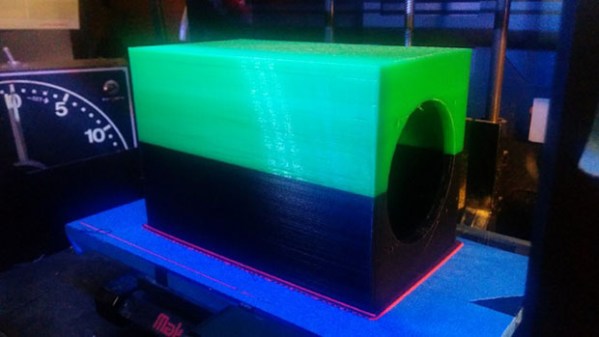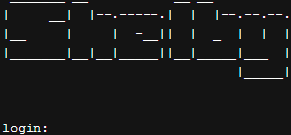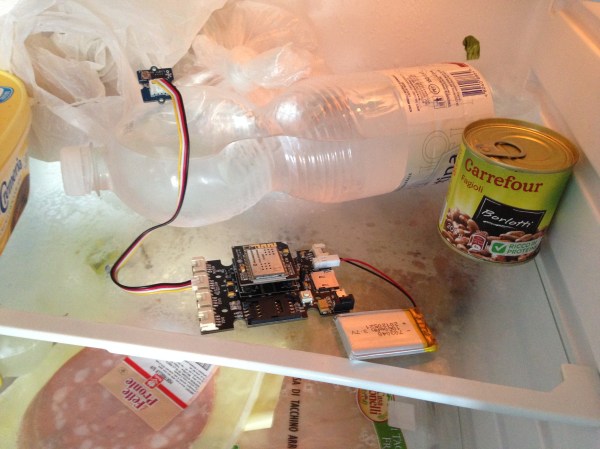As the Cold War conflict expanded in the 1950s, the Soviet Union dry-tested a hydrogen bomb and defense tactics became a top priority for the United States. Seeking to create a long-range nuclear missile option, the Air Force contracted Convair Astronautics to deliver SM-65 Atlas, the first in series of ICBMs. In the spotlight this week is a sort of video progress report which shows the first launch from Cape Canaveral’s LC-14 on June 11, 1957.
After the angle of attack probe is unsheathed, everyone moves out of the way. The launch is being monitored by base central control, but the swingin’ spot to spectate is the blockhouse. They have a periscope and everything. As the countdown continues, liquid oxygen pipelines whistle and wail into the idyllic Florida afternoon with the urgency of a thousand teakettles. Cameras and tracking equipment are readied, and the blockhouse’s blast door is sealed up tight.
















